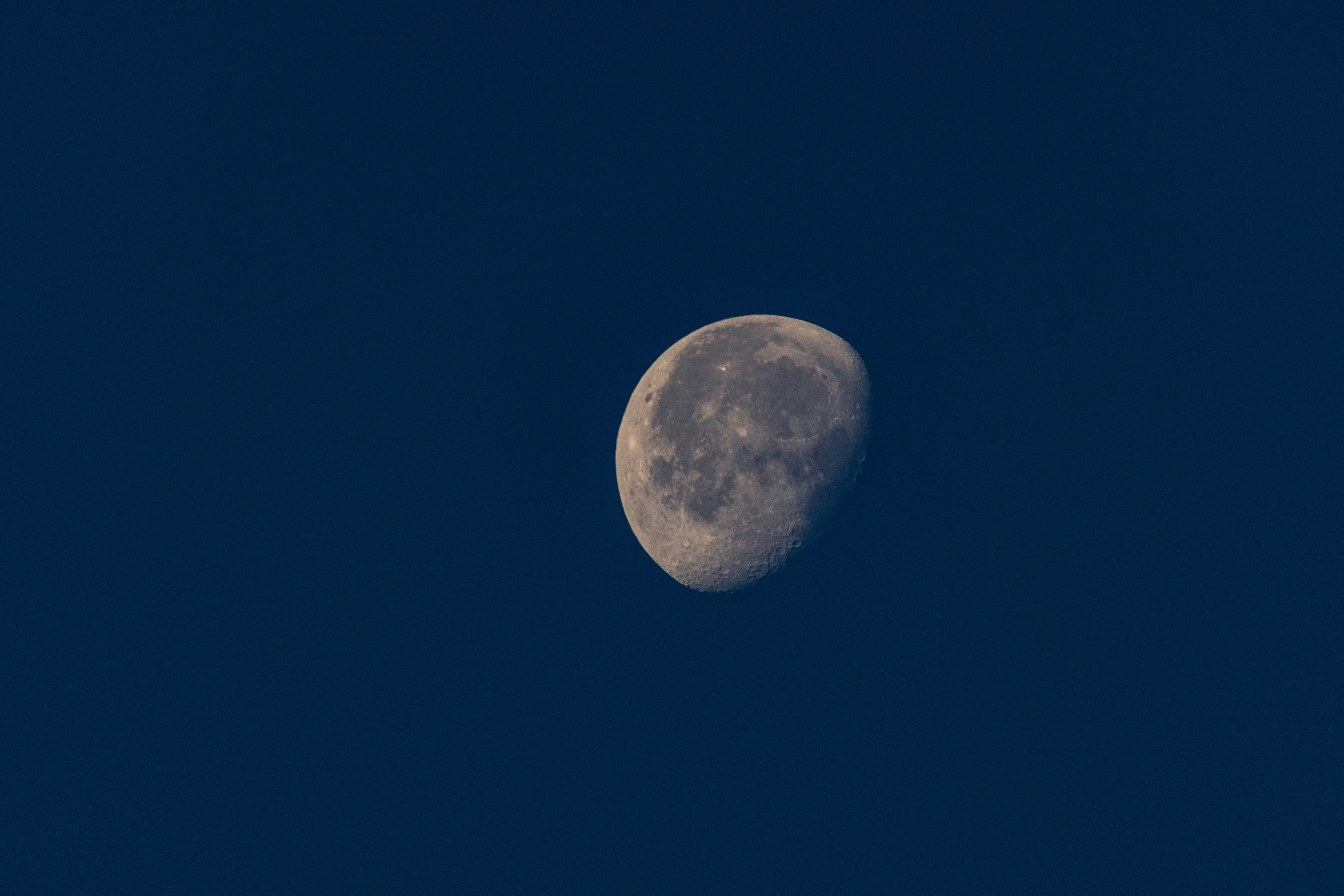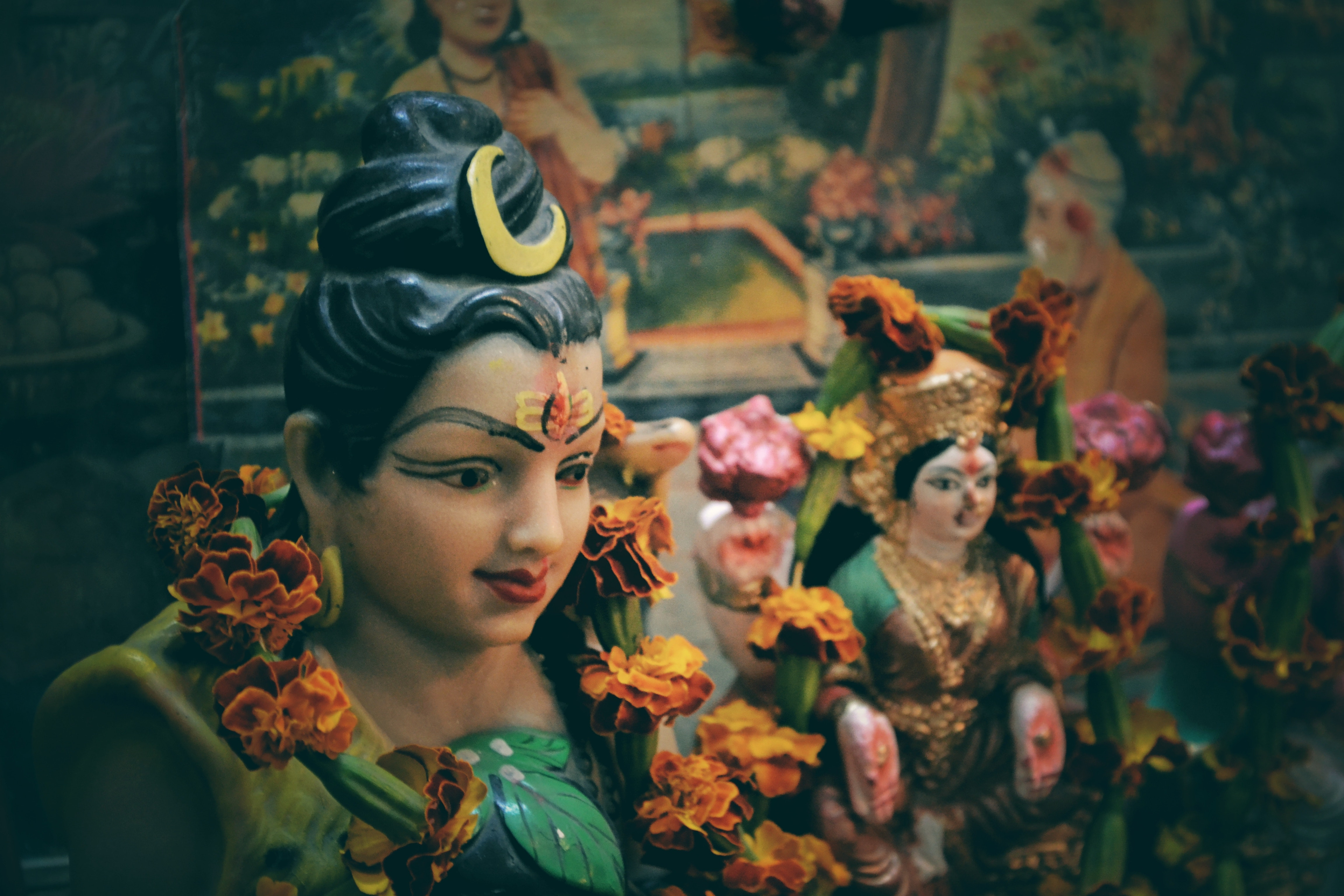Chandra Namaskar: Embracing the Lunar Salutation for Inner Balance and Well-being
Saiansh Arya • 2023-08-06
Experience the tranquil embrace of Chandra Namaskar, a yoga sequence that gracefully acknowledges the soothing influence of the moon. Just as the moon's gentle glow illuminates the night, Chandra Namaskar illuminates a path to inner harmony. This sequence, also known as the Moon Salutation, comprises a series of postures that harmonize the body, mind, and emotions. Each movement is designed to flow seamlessly, reflecting the quiet elegance of the lunar presence.
In the world of yoga, the practice of salutations is well-known for its ability to invigorate and harmonize the body and mind. While the more popular Surya Namaskar, or Sun Salutation, is celebrated for its dynamic energy and vitality, its lesser-known counterpart, Chandra Namaskar, offers a tranquil and soothing approach. Chandra Namaskar, also known as the Moon Salutation, is a sequence of yoga postures designed to honour and align with the calming energy of the moon. Let's explore the steps, benefits, and significance of Chandra Namaskar.
Understanding Chandra Namaskar
Chandra Namaskar is a sequence of yoga postures that pay homage to the moon's serene and reflective qualities. It is often practised in the evening or on moonlit nights to tap into the calming and introspective energy associated with the moon. Just as the moon influences the tides and emotions, Chandra Namaskar aims to balance and soothe the mind and body.
Chandra Namaskar Steps
- Pranamasana (Prayer Pose): Stand at the front of your mat with your feet together. Bring your palms together at your heart centre in a prayer position. Take a few breaths to centre yourself.
- Hasta Uttanasana (Raised Arms Pose): Inhale deeply and raise your arms overhead while arching your back slightly. Gently lean back to create a subtle stretch along the front of your body.
- Padahastasana (Hand to Foot Pose): Exhale and bend forward from your hips, bringing your hands to the floor on either side of your feet. If possible, touch your toes with your fingertips.
- Ashwa Sanchalanasana (Equestrian Pose): Inhale and step your left leg back into a lunge, while keeping your right knee bent at a 90-degree angle. Lift your chest and gaze forward.
- Anjaneyasana (Low Lunge Pose): As you exhale, bring your right foot back to meet your left in a plank position. Lower your knees, chest, and chin to the floor while keeping your hips lifted.
- Ashtanga Namaskara (Eight-Limbed Salutation): In this pose, your knees, chest, and chin are on the floor while your hips and abdomen are slightly lifted. This posture resembles a modified push-up position.
- Bhujangasana (Cobra Pose): Inhale and slide your body forward, lifting your chest off the ground while keeping your palms on the floor. Look up and slightly arch your back.
- Parvatasana (Mountain Pose): Exhale and lift your hips up and back, coming into a downward-facing dog pose. Create an inverted V shape with your body.
- Ashwa Sanchalanasana (Equestrian Pose) - Opposite Leg: Inhale and step your right foot forward into a lunge. Lift your chest and gaze forward.
- Padahastasana (Hand to Foot Pose) - Opposite Leg: Exhale and bring your left foot forward to meet your right. Fold forward, aiming to touch your toes with your fingertips.
- Hasta Uttanasana (Raised Arms Pose) - Opposite Leg: Inhale and rise up, sweeping your arms overhead and arching your back slightly.
- Pranamasana (Prayer Pose): Exhale and return to the prayer pose, palms together at your heart centre. Take a few breaths to conclude the sequence.
Benefits of Chandra Namaskar
- Calming and Relaxing: Chandra Namaskar focuses on gentle and flowing movements that calm the nervous system and induce a sense of relaxation.
- Emotional Balance: The practice encourages introspection, helping to balance emotions and soothe a restless mind.
- Flexibility: Chandra Namaskar promotes flexibility and suppleness in the spine, hamstrings, and hips.
- Improved Digestion: The poses involve gentle forward folds and twists that stimulate digestion and relieve gastrointestinal discomfort.
- Moon Energy Alignment: Practicing Chandra Namaskar during moonlit nights is believed to align the practitioner with the moon's tranquil energy.
- Stress Reduction: The practice's emphasis on deep breathing and flowing movements aids in reducing stress and anxiety.
- Enhanced Intuition: Chandra Namaskar is thought to enhance intuition and self-awareness, tapping into the moon's intuitive qualities.
In Conclusion
Chandra Namaskar offers a unique way to connect with the moon's energy and find inner balance. As you flow through the gentle postures, allow yourself to be guided by the soothing rhythm of your breath. Whether practised as a standalone sequence or as a complementary practice to Surya Namaskar, Chandra Namaskar invites you to embrace the tranquil and reflective aspects of your being, promoting emotional harmony and holistic well-being.
See More Posts
a GENUINE ASTROLOGY platform
Orion Digital Solutions, 2024. All rights reserved.




